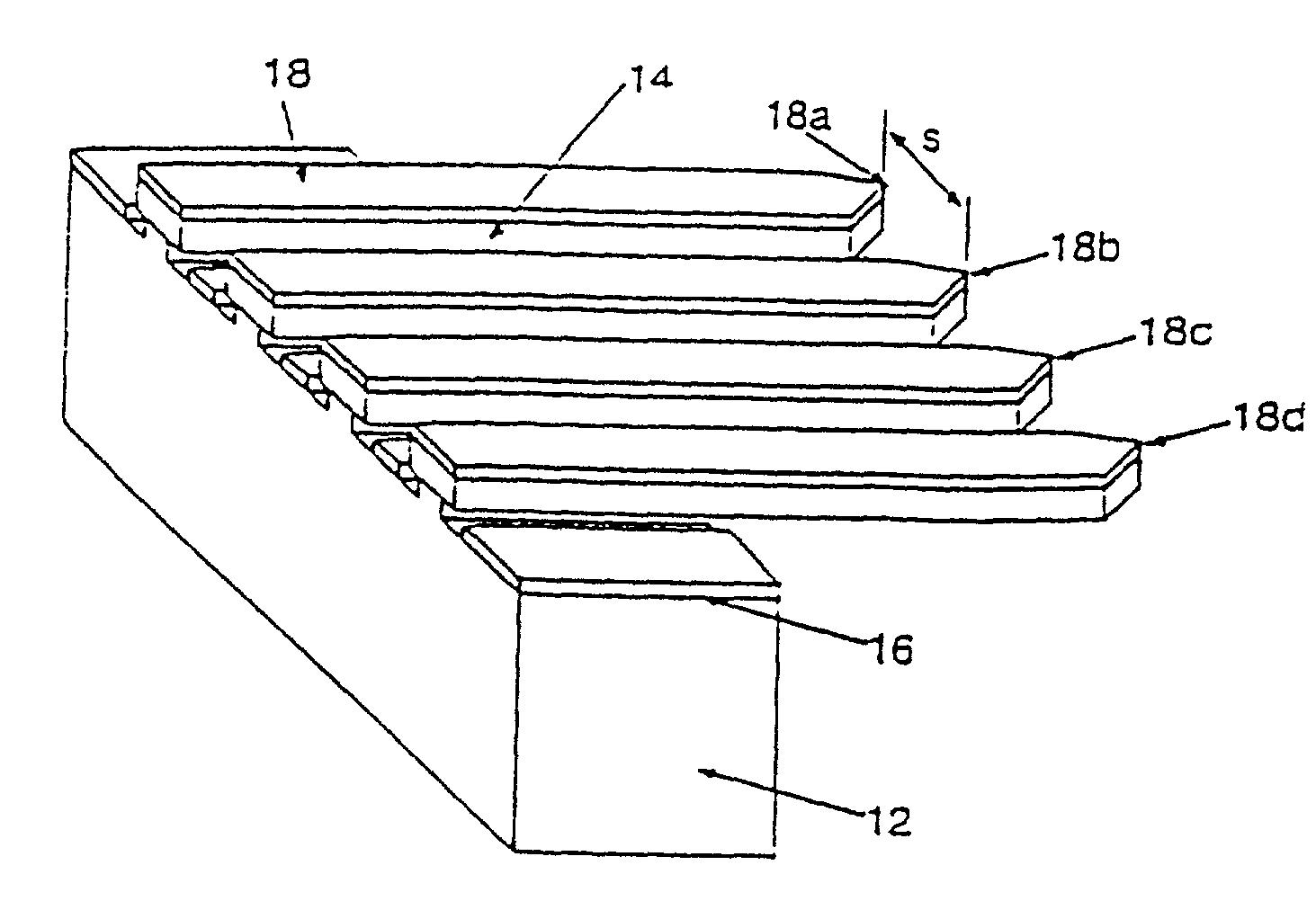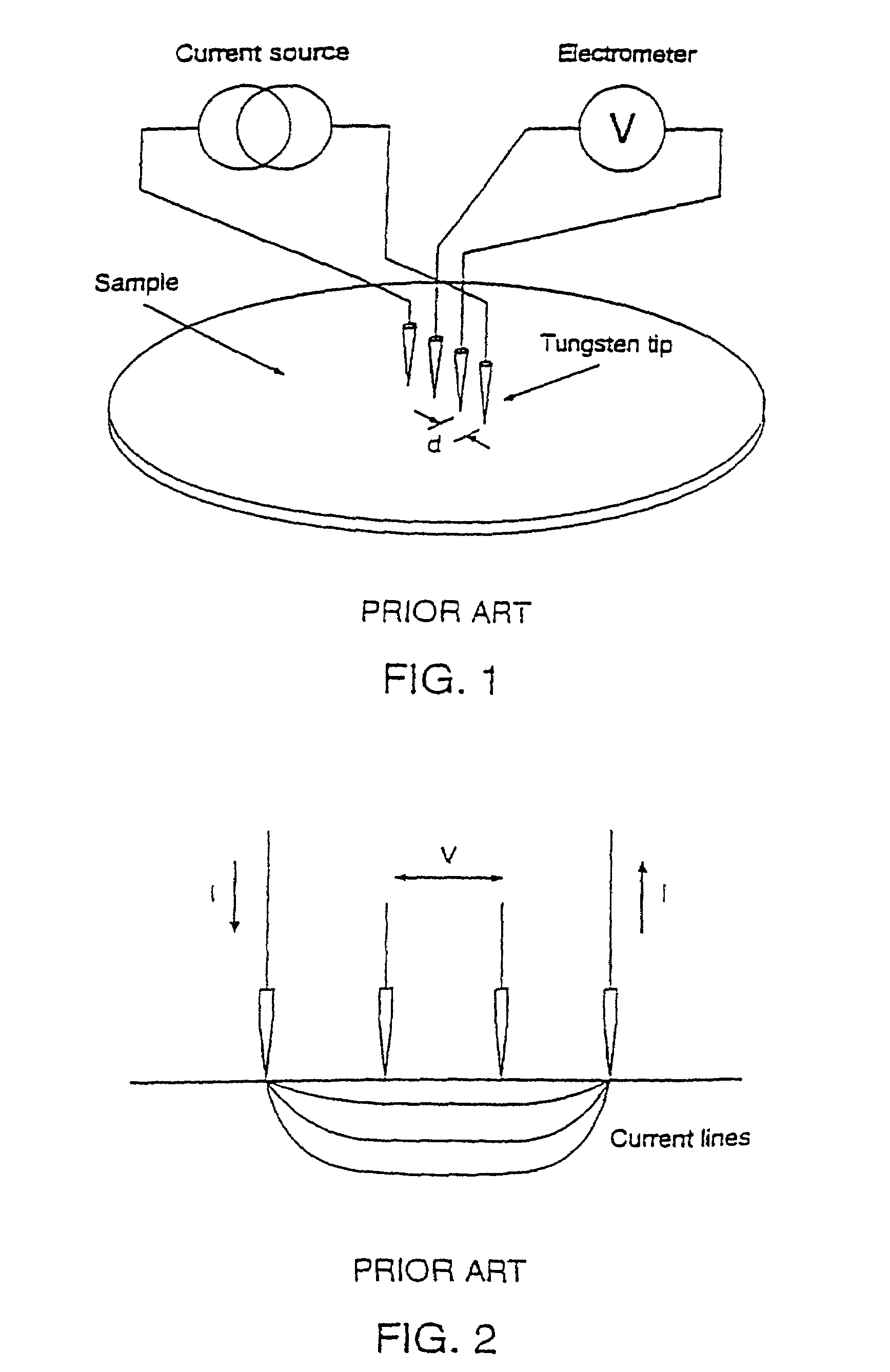Nano-drive for high resolution positioning and for positioning of a multi-point probe
a technology of nano-drives and probes, applied in electrical testing, electronic circuit testing, instruments, etc., can solve problems such as inferior physical contact of one tip
- Summary
- Abstract
- Description
- Claims
- Application Information
AI Technical Summary
Benefits of technology
Problems solved by technology
Method used
Image
Examples
second embodiment
[0155]In a second embodiment, the movable member in the cylindrical nano-drive according to the invention is a hollow tube which is closed in one end, as shown in FIG. 18b. The electromechanical actuator is fixed to the bottom of the tube.
third embodiment
[0156]In a third embodiment, the movable member in the cylindrical nano-drive according to the invention is a hollow tube which is closed in one end, and is movably supported on the inside of the tube as shown in FIG. 18c.
[0157]FIG. 19a shows an embodiment of a micro-pipette 1901 according to the invention. The micro-pipette consists of a cylindrical nano-drive according to the invention, which has a movable member 1907 movably supported inside a tube 1903, said tube having an opening 1913 through which very small amounts of liquid or gas can be dispensed or acquired. An electro-mechanical actuator 1909 is fixed to the movable member, and an inertial member 1911 is fixed to the distal end of the actuator. The position of the movable member is controlled by electrical signals applied to the electromechanical actuator in such a way that the volume of gas or liquid in the tube is controlled with very high accuracy. FIG. 19b shows a sectional view of the micro-pipette.
[0158]FIG. 20a sh...
PUM
 Login to View More
Login to View More Abstract
Description
Claims
Application Information
 Login to View More
Login to View More - R&D
- Intellectual Property
- Life Sciences
- Materials
- Tech Scout
- Unparalleled Data Quality
- Higher Quality Content
- 60% Fewer Hallucinations
Browse by: Latest US Patents, China's latest patents, Technical Efficacy Thesaurus, Application Domain, Technology Topic, Popular Technical Reports.
© 2025 PatSnap. All rights reserved.Legal|Privacy policy|Modern Slavery Act Transparency Statement|Sitemap|About US| Contact US: help@patsnap.com



